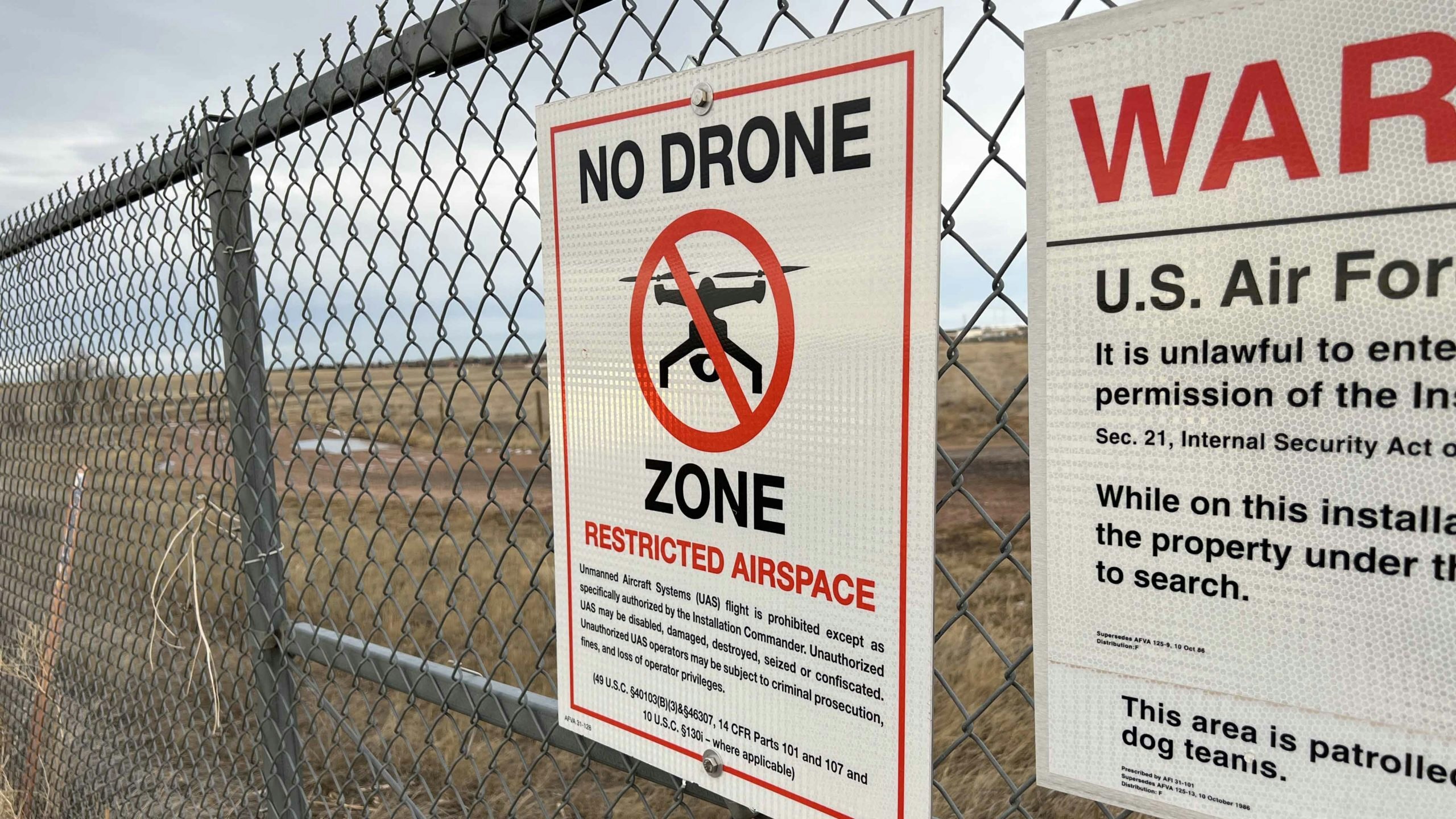There was no resolution Friday for a bill that would make trespassing by drone a criminal offense in Wyoming, as the legislature’s Senate Judiciary Committee paused its debate until Monday.
Senate File 34 is intended to make flying drones over private property without permission a form of trespassing.
As it’s worded, the bill would require proof that a drone flight had “substantially” effected a property owner’s “use and enjoyment” of their land.
That’s too vague, said Jim Magagna, executive vice president of the Wyoming Stockgrowers Association.
“’Enjoyment’ is a pretty nebulous and undefined concept,” he told the committee.
Instead, unauthorized drone flights over private property should be defined as “trespassing” the same as setting foot on private property is.
The word “substantially” should also be removed, said Wyoming Farm Bureau Federation spokesman Brett Moline.
Growing Problem
People flying drones over rural properties, sometimes even “harassing livestock” with them is an increasing problem, Moline said, adding that proving whether offence was “substantial” could be difficult, if not impossible.
The bill as written could also hamper insurance adjusters tying to use drones to survey damaged areas, said Kate Wilkinson, spokeswoman for the American Property and Casualty Insurance Association.
The bill would make an exception for some commercial drones, such as those used to check power lines for damage.
Such inspection drones are usually flown along “the most direct line” to an inspection site, said Rocky Mountain Power spokesman Rick Kaysen.
That might require crossing several properties, but “there would be no hovering over a gathering for a Sunday picnic,” he said.
As written, the bill could make it difficult for law enforcement officers to ticket alleged offenses or prosecutors to punish them, said attorney Terry Armitage, speaking on behalf of the Wyoming Association of Sheriffs and Chiefs of Police.
How High?
The altitude of what could constitute trespass by air might also be difficult to determine, said committee member Sen. Ed Cooper, R-Ten Sleep.
“Immediate air space” over private property is defined loosely as anything below 500 feet, he said. “Fifty feet is definitely immediate air space. From 50 to 500 feet is ‘likely’ immediate air space.”





